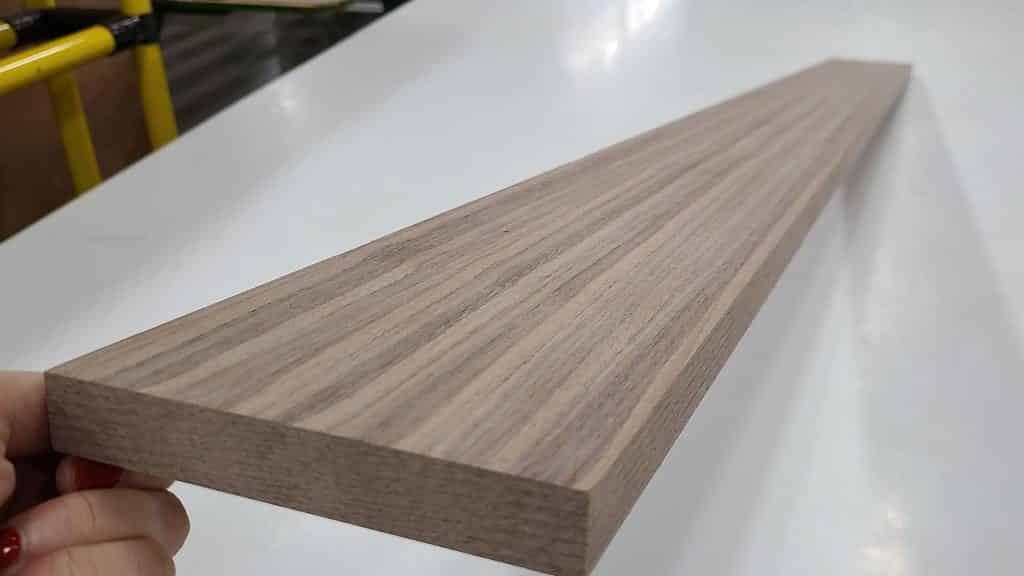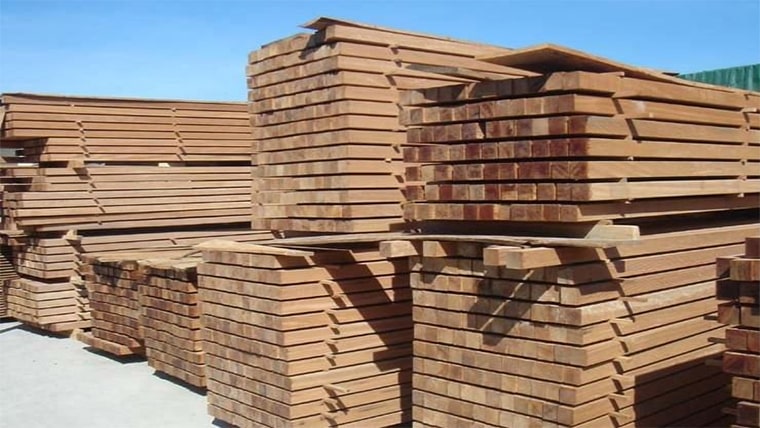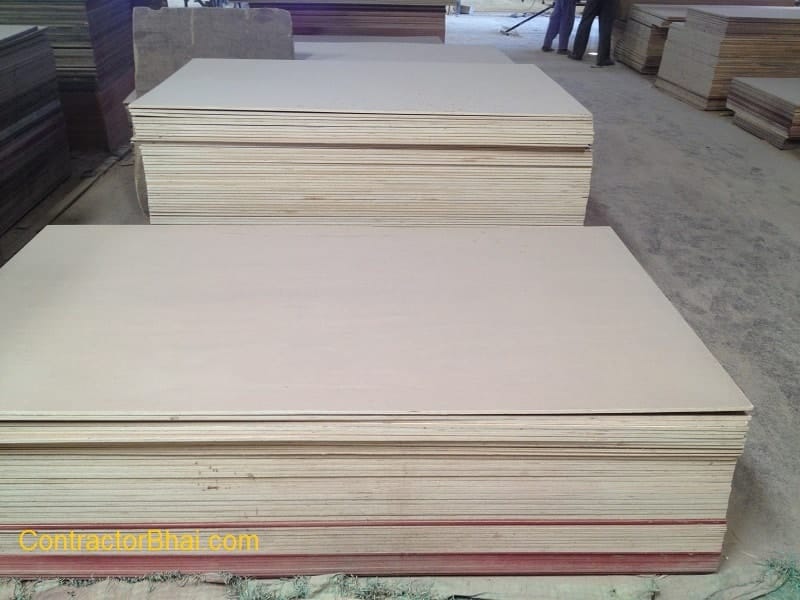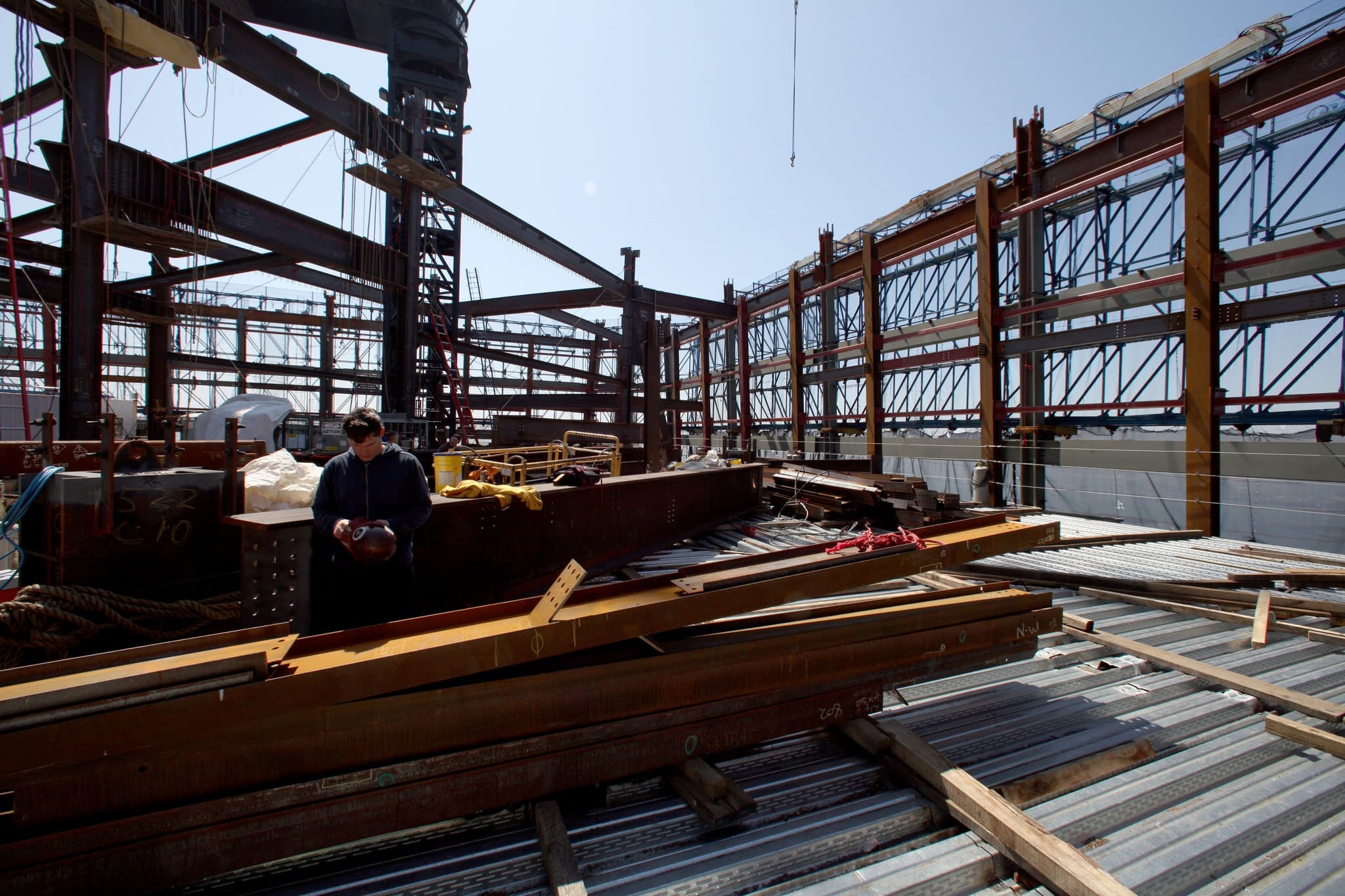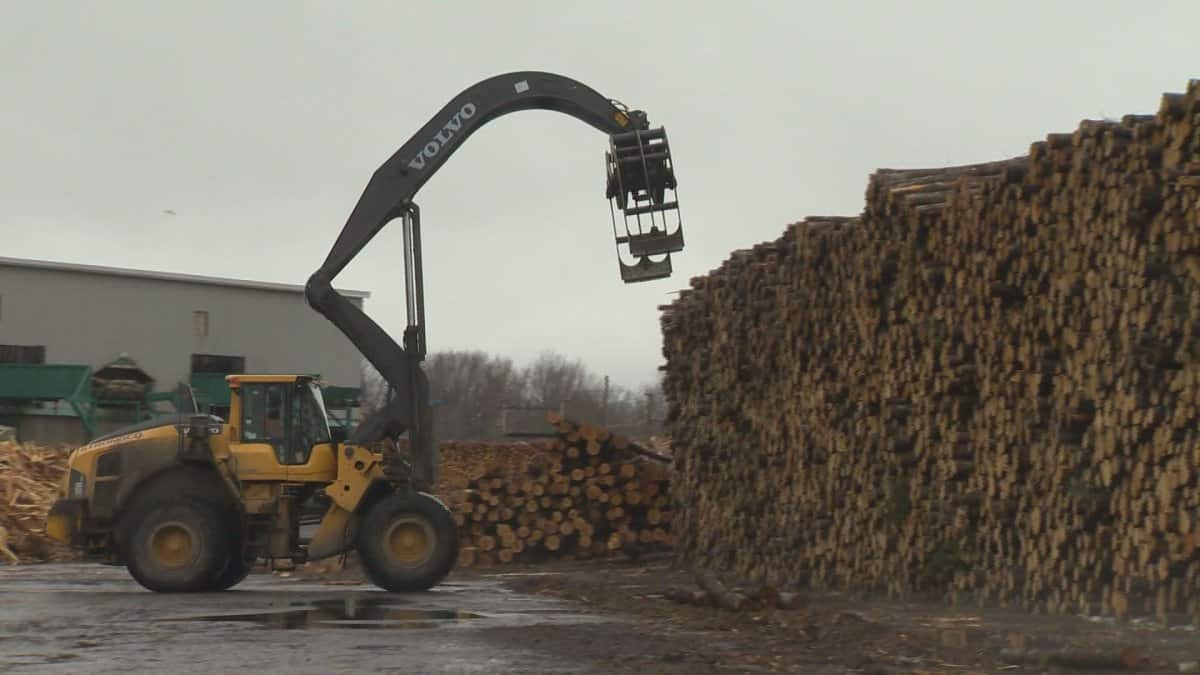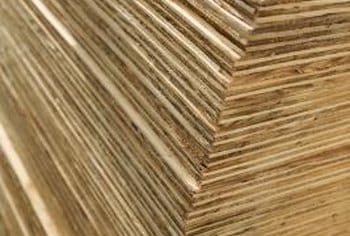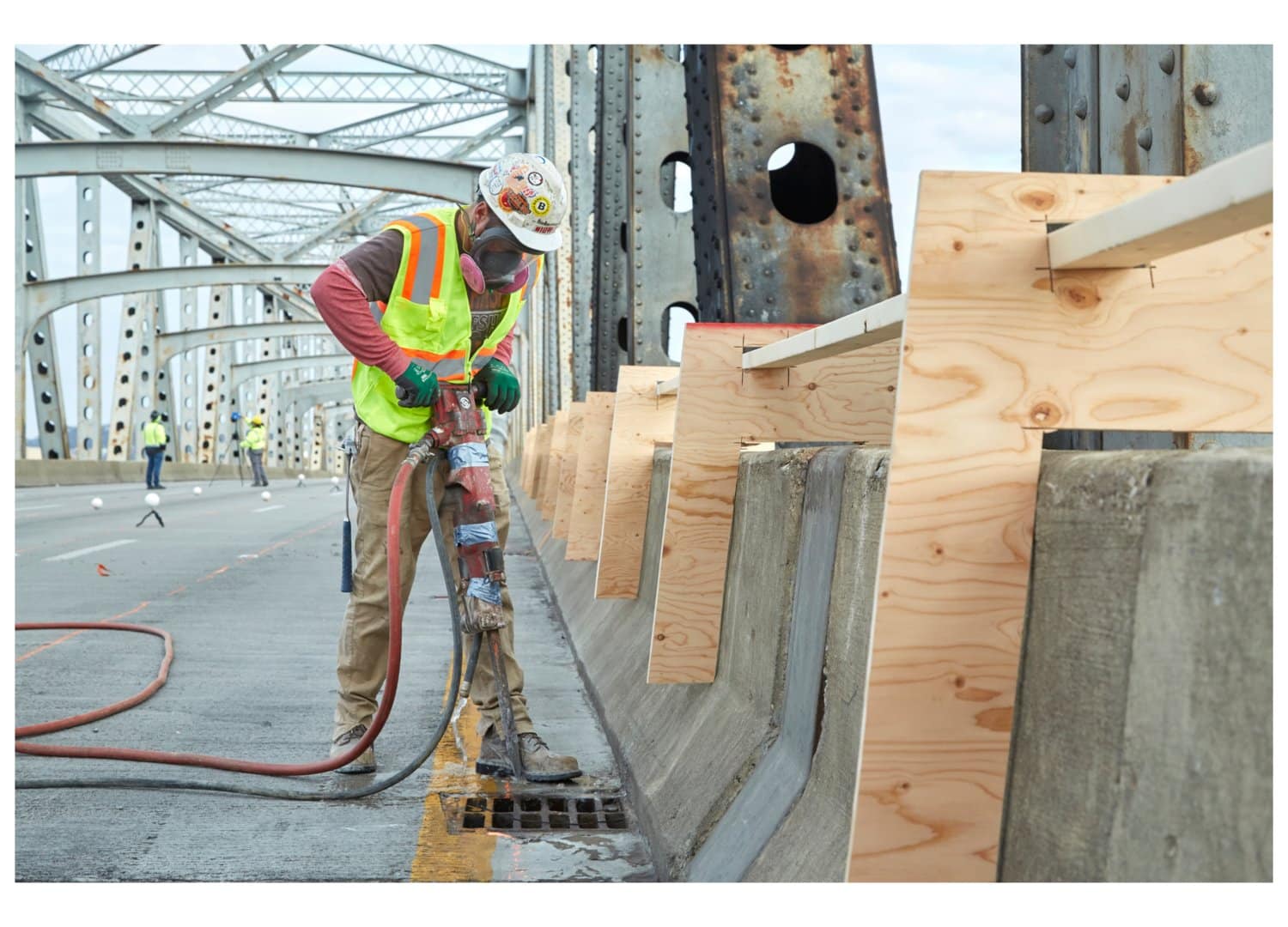

IndexBox has just published a new report: ‘Middle East – Plywood – Market Analysis, Forecast, Size, Trends and Insights’. Here is a summary of the report’s key findings.
The revenue of the plywood market in the Middle East amounted to $1.4B in 2018, increasing by 1.9% against the previous year. This figure reflects the total revenues of producers and importers (excluding logistics costs, retail marketing costs, and retailers’ margins, which will be included in the final consumer price). The total market indicated a remarkable expansion from 2007 to 2018: its value increased at an average annual rate of +4.1% over the last eleven-year period. The trend pattern, however, indicated some noticeable fluctuations being recorded throughout the analyzed period.
Consumption by Country
The countries with the highest volumes of plywood consumption in 2018 were the United Arab Emirates (726K cubic meters), Saudi Arabia (648K cubic meters) and Qatar (394K cubic meters), together comprising 51% of total consumption. Israel, Turkey, Iraq and Oman lagged somewhat behind, together comprising a further 30%.
From 2007 to 2018, the most notable rate of growth in terms of plywood consumption, amongst the main consuming countries, was attained by Oman, while plywood consumption for the other leaders experienced more modest paces of growth.
In value terms, the largest plywood markets in the Middle East were the United Arab Emirates ($260M), Saudi Arabia ($233M) and Israel ($215M), together comprising 50% of the total market. Turkey, Qatar, Iraq and Oman lagged somewhat behind, together comprising a further 32%.
The countries with the highest levels of plywood per capita consumption in 2018 were Qatar (136 cubic meters per 1000 persons), the United Arab Emirates (71 cubic meters per 1000 persons) and Israel (43 cubic meters per 1000 persons).
Market Forecast to 2030
Driven by increasing demand for plywood in the Middle East, the market is expected to continue an upward consumption trend over the next decade. Market performance is forecast to decelerate, expanding with an anticipated CAGR of +2.8% for the period from 2018 to 2030, which is projected to bring the market volume to 4.8M cubic meters by the end of 2030.
Production in the Middle East
In 2018, approx. 263K cubic meters of plywood were produced in the Middle East; surging by 2.7% against the previous year. In general, plywood production, however, continues to indicate a relatively flat trend pattern. The most prominent rate of growth was recorded in 2010 with an increase of 5.1% against the previous year.
Production by Country
The countries with the highest volumes of plywood production in 2018 were Turkey (112K cubic meters), Israel (109K cubic meters) and Lebanon (34K cubic meters), together comprising 97% of total production.
From 2007 to 2018, the most notable rate of growth in terms of plywood production, amongst the main producing countries, was attained by Israel, while plywood production for the other leaders experienced more modest paces of growth.
Exports in the Middle East
In 2018, approx. 171K cubic meters of plywood were exported in the Middle East; increasing by 26% against the previous year. In general, plywood exports continue to indicate prominent growth. The volume of exports peaked at 180K cubic meters in 2013; however, from 2014 to 2018, exports stood at a somewhat lower figure. In value terms, plywood exports stood at $65M (IndexBox estimates) in 2018.
Exports by Country
The United Arab Emirates (70K cubic meters) and Saudi Arabia (59K cubic meters) were the major exporters of plywood in 2018, reaching near 41% and 35% of total exports, respectively. Turkey (25K cubic meters) held a 14% share (based on tonnes) of total exports, which put it in second place, followed by Palestine (5.8%). Kuwait (2,719 cubic meters) occupied a little share of total exports.
From 2007 to 2018, the most notable rate of growth in terms of exports, amongst the main exporting countries, was attained by Kuwait, while exports for the other leaders experienced more modest paces of growth.
In value terms, the United Arab Emirates ($24M), Saudi Arabia ($18M) and Turkey ($13M) constituted the countries with the highest levels of exports in 2018, together comprising 83% of total exports.
Export Prices by Country
The plywood export price in the Middle East stood at $381 per cubic meter in 2018, declining by -4% against the previous year. Overall, the plywood export price continues to indicate a moderate contraction.
There were significant differences in the average prices amongst the major exporting countries. In 2018, the country with the highest price was Palestine ($806 per cubic meter), while Kuwait ($223 per cubic meter) was amongst the lowest.
From 2007 to 2018, the most notable rate of growth in terms of prices was attained by Palestine, while the other leaders experienced a decline in the export price figures.
Imports in the Middle East
In 2018, approx. 3.3M cubic meters of plywood were imported in the Middle East; falling by -2.7% against the previous year. The total imports indicated a strong expansion from 2007 to 2018: its volume increased at an average annual rate of +4.6% over the last eleven years. The trend pattern, however, indicated some noticeable fluctuations being recorded throughout the analyzed period. Based on 2018 figures, plywood imports increased by +18.9% against 2016 indices. Over the period under review, plywood imports reached their peak figure at 3.4M cubic meters in 2017, and then declined slightly in the following year. In value terms, plywood imports totaled $1.3B (IndexBox estimates) in 2018.
Imports by Country
In 2018, the United Arab Emirates (796K cubic meters) and Saudi Arabia (707K cubic meters) were the largest importers of plywood in the Middle East, together comprising 45% of total imports. It was distantly followed by Qatar (395K cubic meters), Israel (255K cubic meters), Iraq (219K cubic meters), Oman (181K cubic meters), Turkey (175K cubic meters) and Kuwait (154K cubic meters), together comprising a 41% share of total imports.
From 2007 to 2018, the most notable rate of growth in terms of imports, amongst the main importing countries, was attained by Oman, while imports for the other leaders experienced more modest paces of growth.
In value terms, the largest plywood importing markets in the Middle East were the United Arab Emirates ($272M), Saudi Arabia ($250M) and Israel ($153M), with a combined 52% share of total imports. Qatar, Turkey, Iraq, Oman and Kuwait lagged somewhat behind, together accounting for a further 33%.
Import Prices by Country
The plywood import price in the Middle East stood at $389 per cubic meter in 2018, picking up by 9% against the previous year. In general, the plywood import price continues to indicate a relatively flat trend pattern. The growth pace was the most rapid in 2011 when the import price increased by 26% against the previous year. Over the period under review, the import prices for plywood reached their maximum at $528 per cubic meter in 2014; however, from 2015 to 2018, import prices remained at a lower figure.
Prices varied noticeably by the country of destination; the country with the highest price was Israel ($597 per cubic meter), while Qatar ($292 per cubic meter) was amongst the lowest.
From 2007 to 2018, the most notable rate of growth in terms of prices was attained by Saudi Arabia, while the other leaders experienced more modest paces of growth.
Source: IndexBox AI Platform


